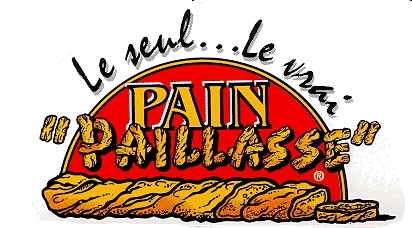Peter Reinhart’s Multigrain Struan & more desserts
Struan is the bread that truly launched his bread baking career, Reinhart says (p. 102). In Gaelic, struan means “the convergence or confluence of streams,” a good description for multigrain breads where all kinds of grains and seeds are coming together (the combinations are, of course, endless).
